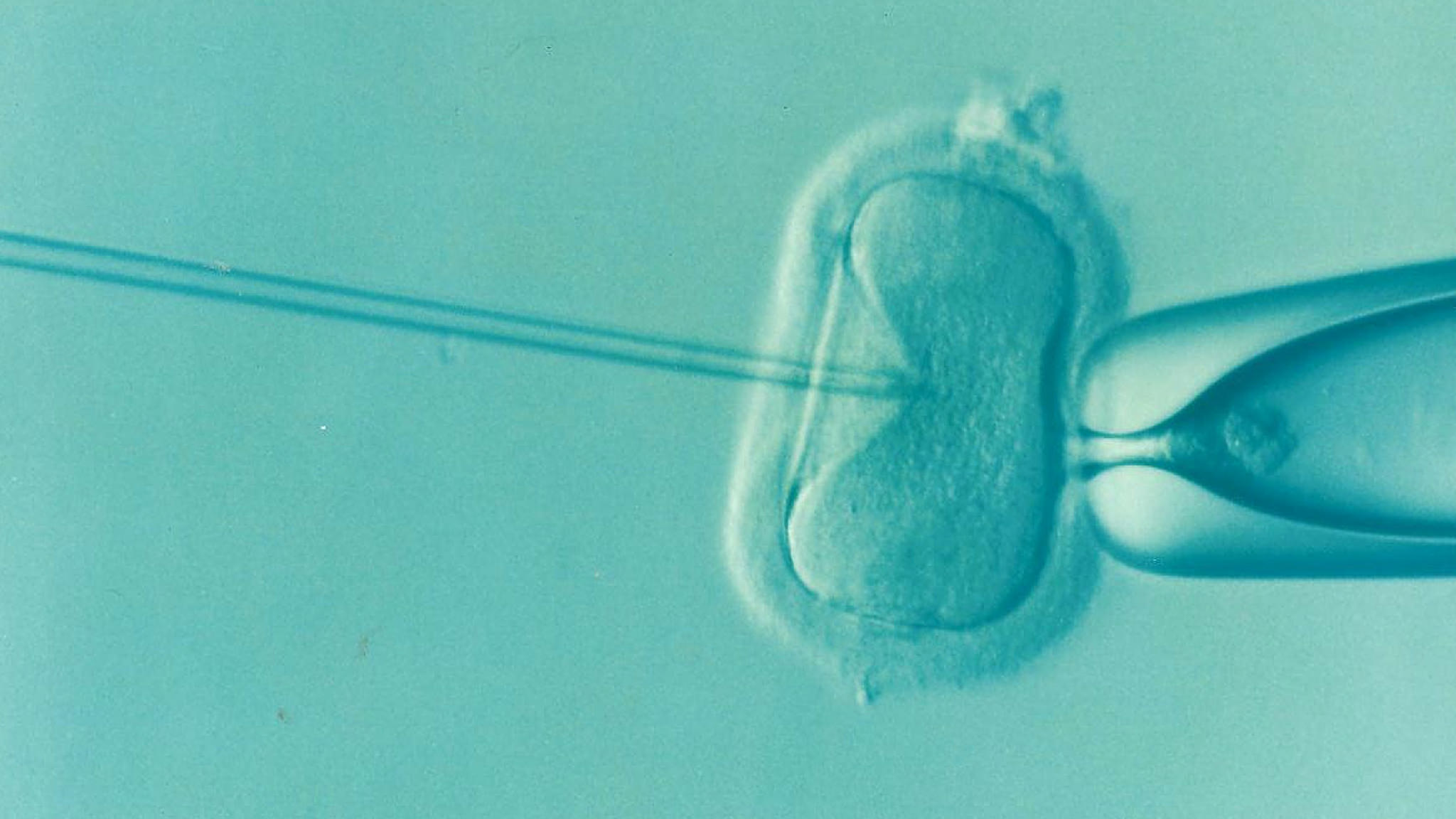Improved success with IVF using frozen embryos
The process of going through assisted reproductive technology treatments (the most common being IVF) to have a longed-for baby can be physically, emotionally and financially tough.
However, a new report from the University of New South Wales and the Fertility Society of Australia has some encouraging results, showing that outcomes for IVF have improved between 2011 and 2015. This is largely thanks to improved success when using frozen embryos—in 2015, the number of babies born from this method was 64 per cent higher than in 2011. It overtook the live delivery rate from fresh embryos, which remained relatively stable over the five-year period.
The new parents can thank changes to clinical practices, as well as improvements in cryopreservation methods—a ‘snap freeze’ process (vitrification) involving an ultra-rapid temperature change that has proved to have better results than the traditional slow freezing method.

Even with these improvements, the numbers are not really on the would-be parents’ side. In 2015, the live delivery rate from fresh embryos was around 24 per cent, compared to 26.6 per cent for treatments using frozen embryos (a big jump up from 20.6 per cent in 2011). The overall live delivery rate per embryo transfer was 25.3 per cent, up from 21 per cent in 2011. However the results are very dependent on the woman’s age—younger women have a much higher ‘success’ rate.
When looking at the overall process, from cycle initiation (hormonal stimulation of ovulation to produce eggs) through to delivery of a healthy baby, the live delivery rate drops to 18 per cent, an indication of the challenges involved in fertilisation and then successful implantation of embryos.
According to the Fertility Society of Australia, 1 in 6 Australian and New Zealand couples have trouble getting pregnant. Further data from the report show that assisted reproductive technology treatments are on the rise. Between 2014 and 2015, there was a 5.6 per cent increase in the number of treatments in Australian and New Zealand clinics, with 71,479 treatment cycles performed in Australian clinics in 2015 and 6242 in New Zealand. In Australia, these treatments resulted in 13,344 live births, and 1447 in New Zealand.
In 2015, around one in four women receiving assisted reproductive technology treatments was 40 or older. The average age of women using their own eggs was 35.8 years, while the average age of women using donor eggs or embryos was 40.6 years.
More than 200,000 babies have been born in Australia and New Zealand since the first Australian IVF baby came into the world in 1980. Overall, that’s a lot of happy new parents.





